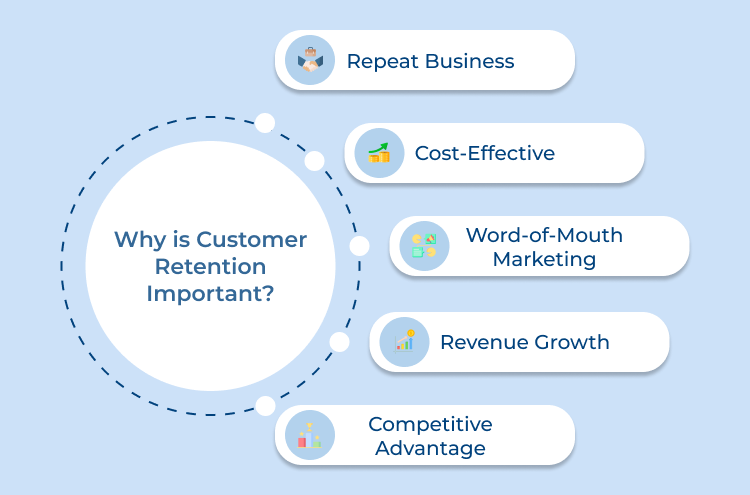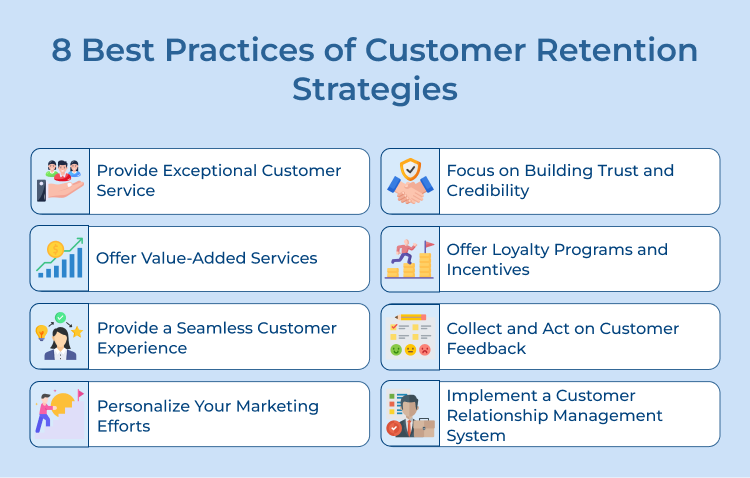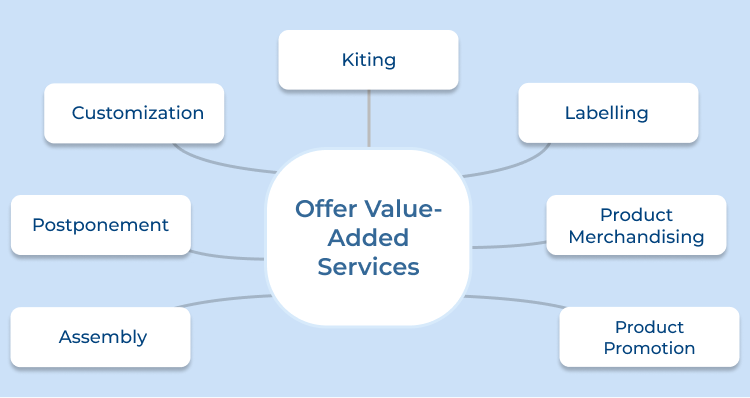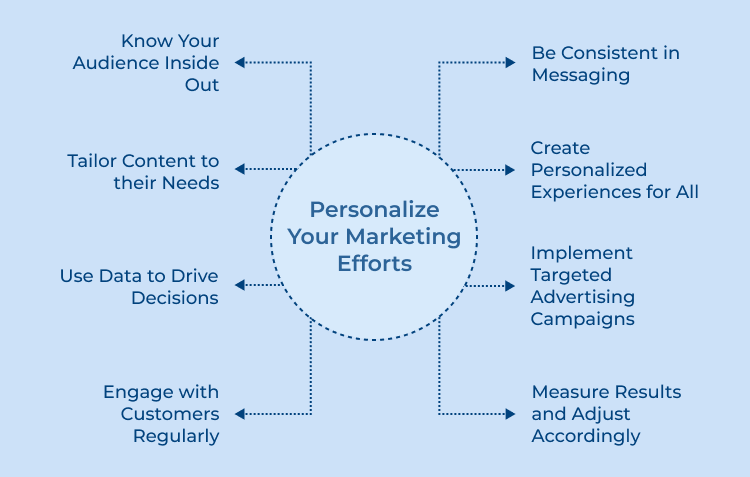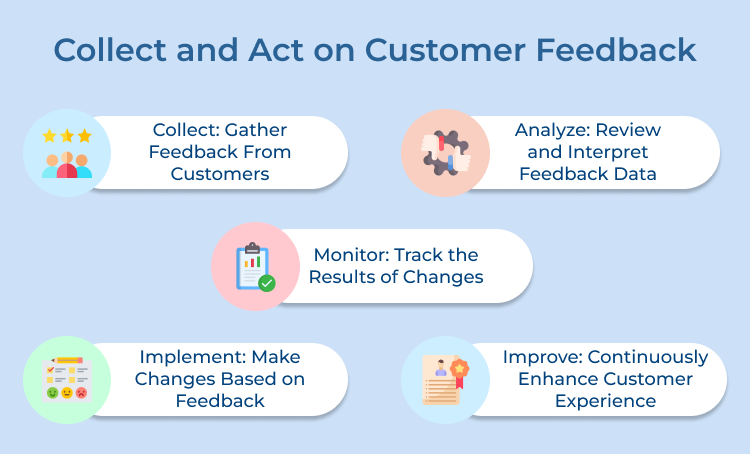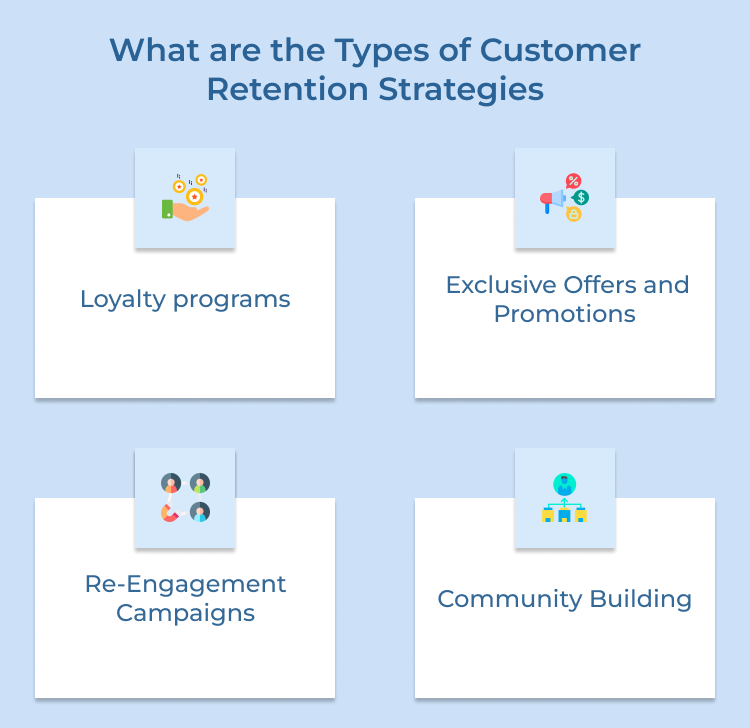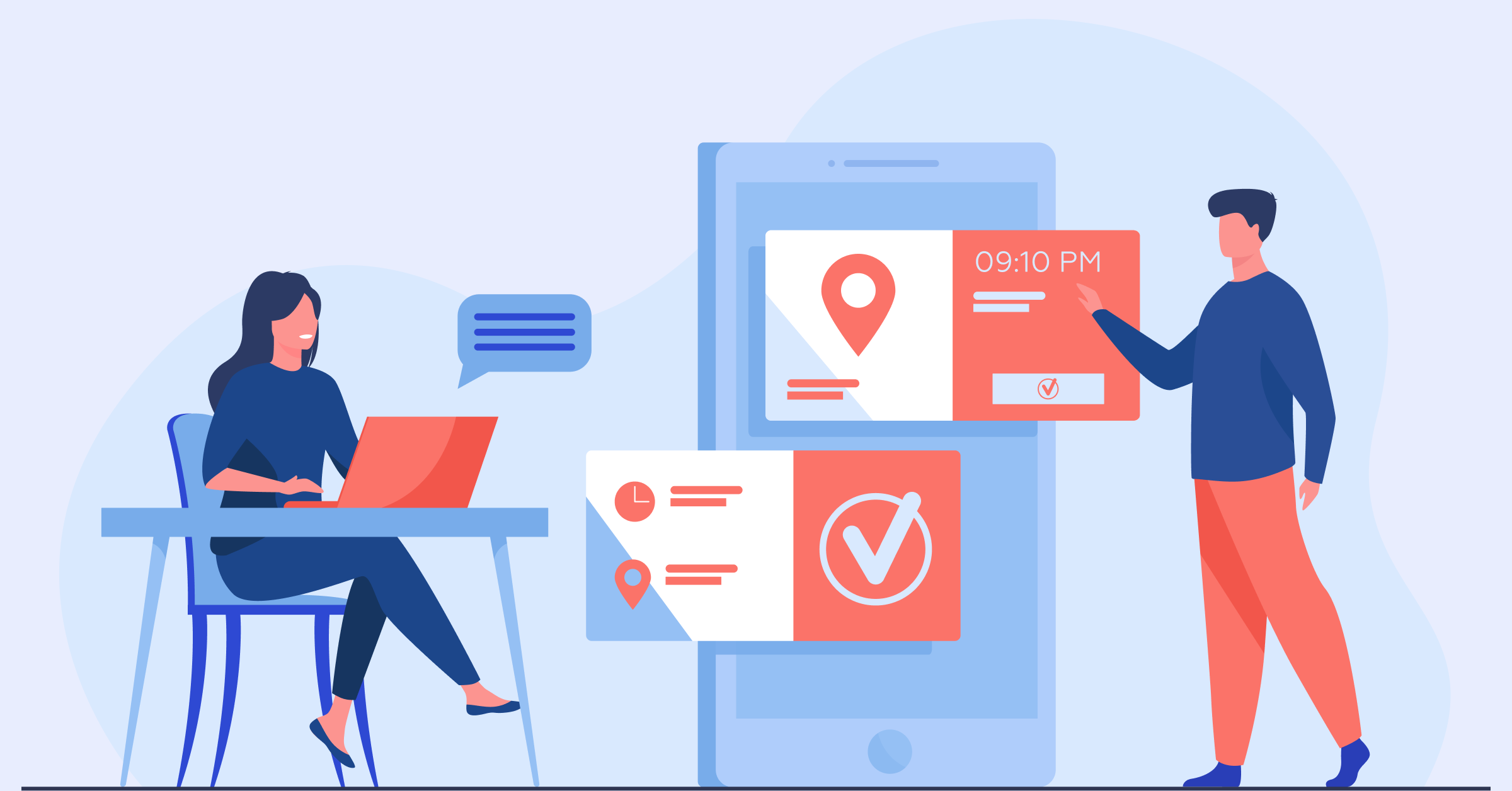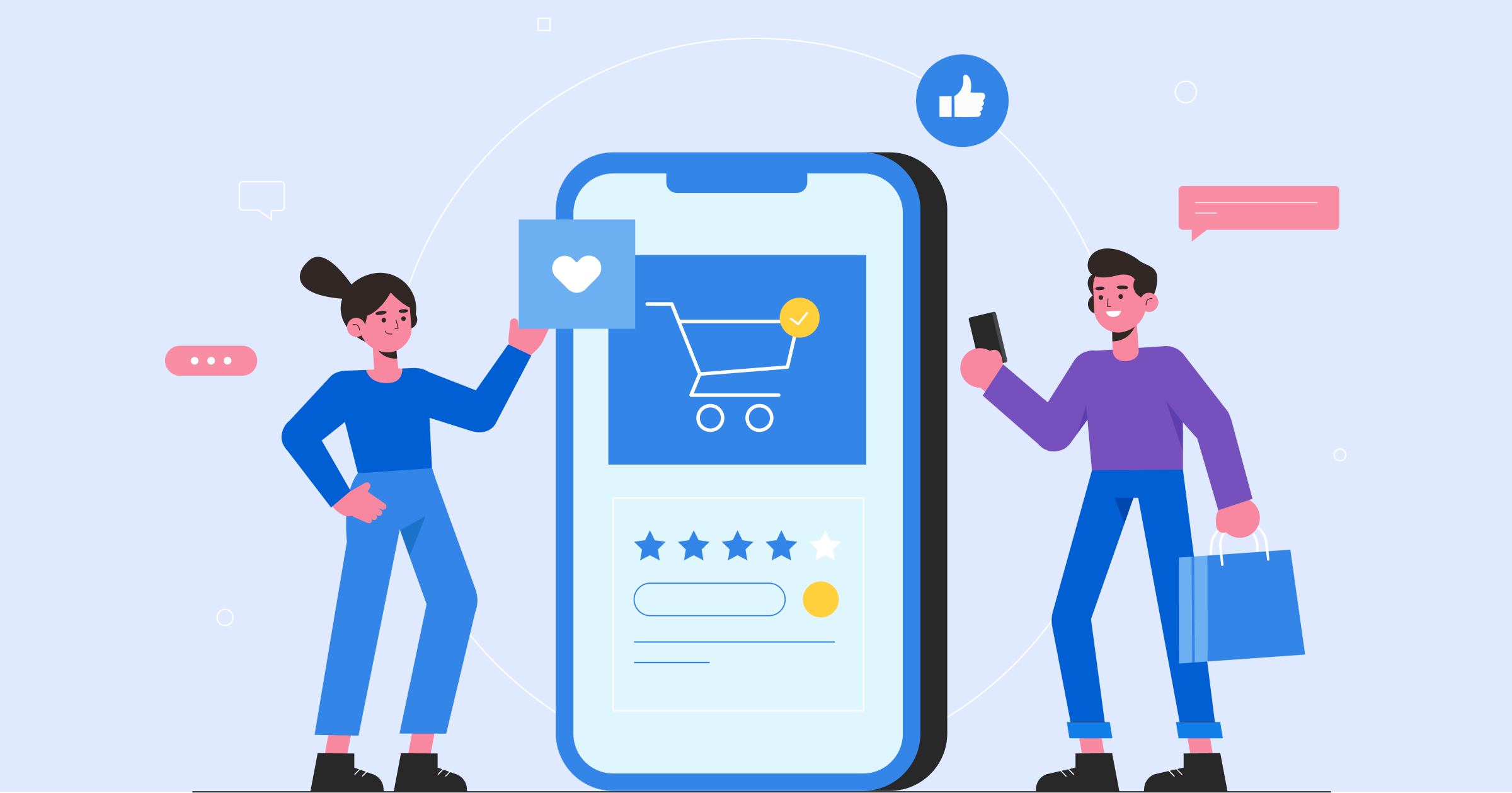Tips to implement:
1. Segment your audience: Divide your customer base into specific segments based on demographics, interests, or purchase history to deliver personalized marketing messages.
2. Use customer data: Leverage customer data to tailor marketing campaigns, offers, and communications to individual preferences as well as behaviors.
3. Engage with customers: Interact with customers on social media, respond to comments as well as reviews, and personalize email communications to build stronger relationships.
5. Focus on Building Trust and Credibility
Trust is essential in building strong relationships with customers. Make sure to be transparent and honest in your business practices, deliver on your promises while also prioritizing the customer’s needs. Focusing on trust and credibility with customers can help to build long-lasting relationships as well as increase customer loyalty.
Tips to follow:
1. Be transparent: Transparency is key when it comes to building trust with your customers. Be honest about your products and make sure to communicate openly with your customers.
2. Deliver on promises: Make sure to deliver on your promises to your customers. If you say you will do something, make sure to follow through and exceed their expectations.
3. Provide excellent customer service: Providing excellent customer service is crucial when it comes to building credibility. Listen to your customers, address their concerns and provide a positive experience every time they interact with your business.
6. Offer Loyalty Programs and Incentives
Customer loyalty programs and incentives are a great way to reward customers for their loyalty as well as encourage repeat purchases. Offer discounts, exclusive deals or rewards points to customers who make regular purchases or refer their friends and family to your business. These incentives can help to incentivize customer loyalty while also keeping customers coming back for more.
Consider below tips:
1. Reward loyalty: Reward your loyal customers with incentives such as discounts, exclusive offers, or rewards points. It will encourage them to continue doing business with you and recommend your business to others.
2. Personalize incentives: Personalizing incentives based on your customer’s preferences and purchasing behavior can make them feel appreciated. It helps build stronger relationships and increase customer loyalty.
3. Promote referrals: Encourage your customers to refer their friends and family to your business by offering incentives for successful referrals. It can help grow your customer base and increase loyalty among existing customers.
7. Collect and Act on Customer Feedback
Feedback is a valuable tool for improving the customer experience while retaining customers. Collect feedback through customer surveys, reviews or social media and use the feedback to make improvements to your products or services. Act on customer feedback promptly and show customers that their opinions are valued as well as taken into consideration.

